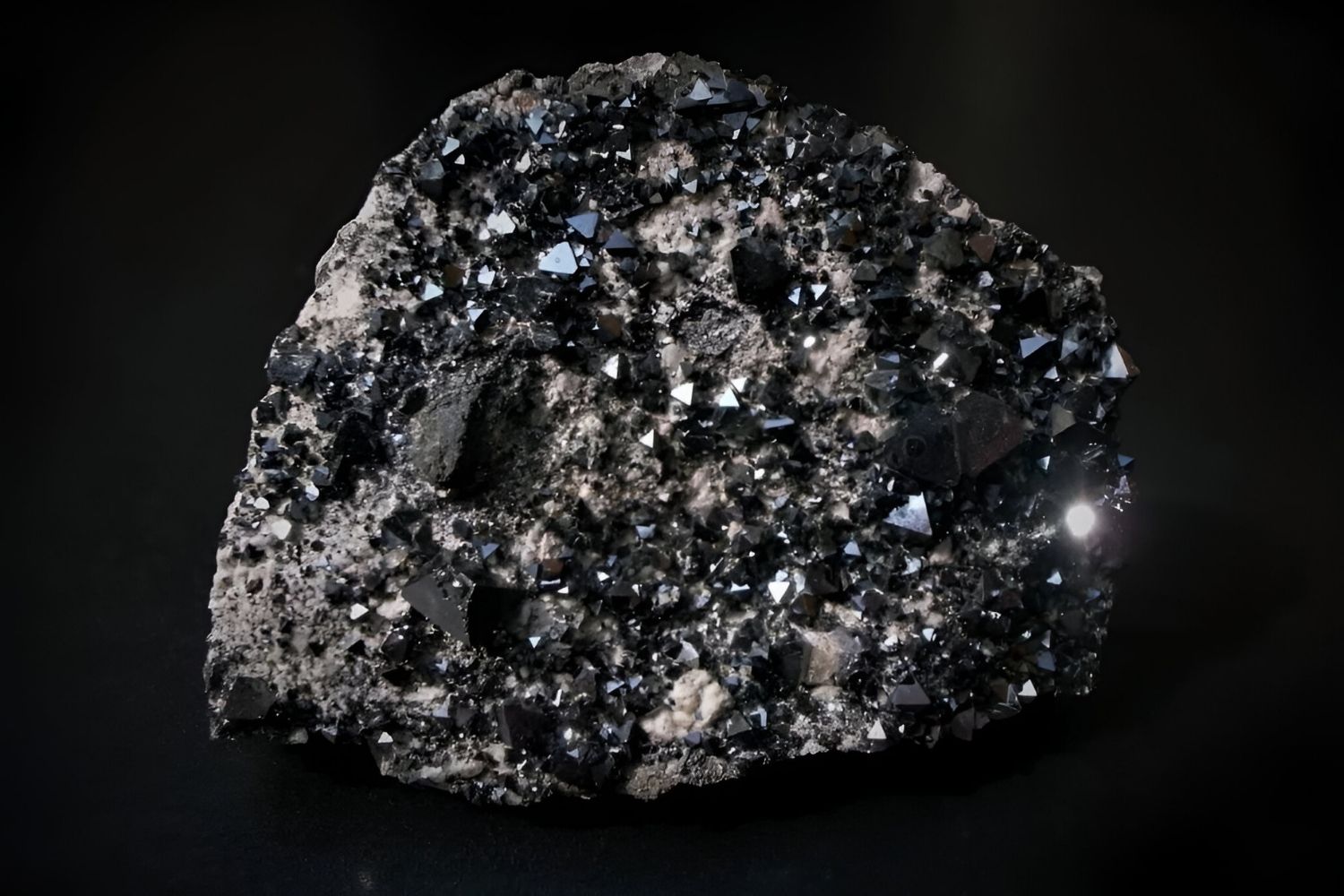Hidden Lodestones: Forgotten Mineral Deposits Of The Rockies

Have you ever wondered about the hidden treasures lying beneath the surface of the Rocky Mountains? These majestic peaks hold more than just breathtaking views. They conceal forgotten mineral deposits that once fueled dreams of fortune. From gold to silver, the Rockies have a rich history of mining that shaped entire towns. Today, many of these deposits remain untouched, waiting for modern adventurers to rediscover them. Whether you're a history buff or a budding geologist, exploring these hidden lodestones offers a unique glimpse into the past. Ready to learn more about these forgotten riches? Let's dig in!
Unearthing the Rockies' Hidden Mineral Treasures
The Rocky Mountains, known for their breathtaking landscapes, also hide a wealth of forgotten mineral deposits. These hidden lodestones have historical significance and offer a glimpse into the region's rich geological past. Let's delve into some of these lesser-known mineral deposits.
1. The Silver Mines of Leadville
Leadville, Colorado, once a booming mining town, holds a treasure trove of silver deposits. During the late 19th century, this area was a hotspot for silver mining, drawing prospectors from far and wide.
- Historical Significance: Leadville's silver mines played a crucial role in the economic development of Colorado.
- Current Status: While large-scale mining has ceased, remnants of old mines and equipment can still be explored.
2. The Gold Veins of Cripple Creek
Cripple Creek, another Colorado gem, is famous for its rich gold veins. This small town saw a gold rush in the 1890s, transforming it into a bustling mining hub.
- Historical Significance: The gold rush brought prosperity and growth to the region.
- Current Status: Modern mining operations continue, and visitors can tour historic mines.
3. The Copper Deposits of Butte
Butte, Montana, known as the "Richest Hill on Earth," boasts extensive copper deposits. This area was pivotal in the copper mining industry during the late 19th and early 20th centuries.
- Historical Significance: Butte's copper mines were essential for electrical wiring and industrial growth.
- Current Status: Mining operations have scaled down, but the town's mining heritage remains evident.
4. The Zinc Mines of Gilman
Gilman, Colorado, once thrived on its zinc deposits. This ghost town now stands as a testament to the mining boom of the early 20th century.
- Historical Significance: Zinc mining in Gilman contributed to the region's industrial development.
- Current Status: The town is abandoned, but its mining history attracts curious explorers.
5. The Uranium Deposits of Uravan
Uravan, Colorado, played a significant role in the uranium mining industry. This small town was instrumental during the Manhattan Project in World War II.
- Historical Significance: Uranium from Uravan was crucial for the development of atomic energy.
- Current Status: The town is now deserted, but its historical importance remains.
6. The Molybdenum Mines of Climax
Climax, Colorado, is home to one of the world's largest molybdenum deposits. This mineral is essential for strengthening steel and other alloys.
- Historical Significance: Molybdenum mining in Climax supported various industrial applications.
- Current Status: The mine is still operational, contributing to the global molybdenum supply.
7. The Tungsten Deposits of Boulder County
Boulder County, Colorado, harbors significant tungsten deposits. This mineral was vital during both World Wars for its use in hardening steel.
- Historical Significance: Tungsten mining in Boulder County supported military efforts.
- Current Status: Mining has diminished, but the area's geological importance persists.
8. The Fluorspar Mines of Jamestown
Jamestown, Colorado, is known for its fluorspar deposits. This mineral is used in various industrial processes, including aluminum production.
- Historical Significance: Fluorspar mining contributed to the region's economic growth.
- Current Status: The mines are no longer active, but the town's mining legacy endures.
9. The Barite Deposits of Elk Creek
Elk Creek, South Dakota, contains rich barite deposits. This mineral is used in drilling fluids for oil and gas exploration.
- Historical Significance: Barite mining supported the energy sector's growth.
- Current Status: Mining activities have decreased, but the deposits remain significant.
10. The Rare Earth Elements of Bear Lodge
Bear Lodge, Wyoming, holds valuable rare earth elements. These minerals are essential for modern technology, including electronics and renewable energy.
- Historical Significance: Rare earth elements are crucial for technological advancements.
- Current Status: Exploration continues, with potential for future mining operations.
Rediscovering the Rockies' Hidden Treasures
The Rockies hold more than just breathtaking views. Forgotten mineral deposits like lodestones offer a glimpse into the region's rich geological past. These minerals, once vital for navigation and industry, now lie mostly ignored. Exploring these hidden treasures can be both educational and exciting. Whether you're a history buff, geology enthusiast, or just love a good adventure, the Rockies have something unique to offer. Next time you plan a trip, consider seeking out these forgotten mineral deposits. You'll not only enjoy stunning landscapes but also uncover a piece of history. So, pack your gear, grab a map, and set off to rediscover the Rockies' hidden treasures. The adventure awaits!

